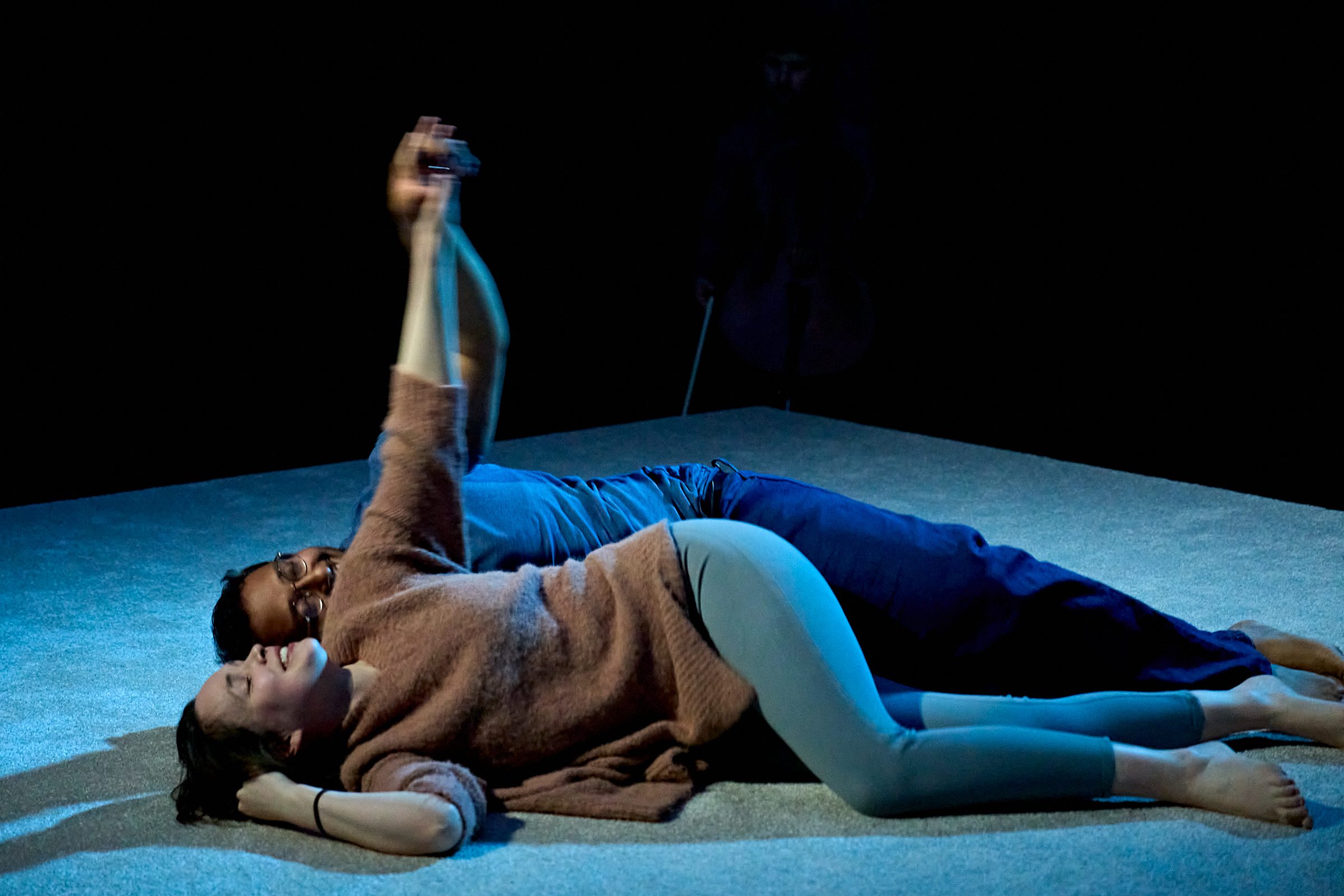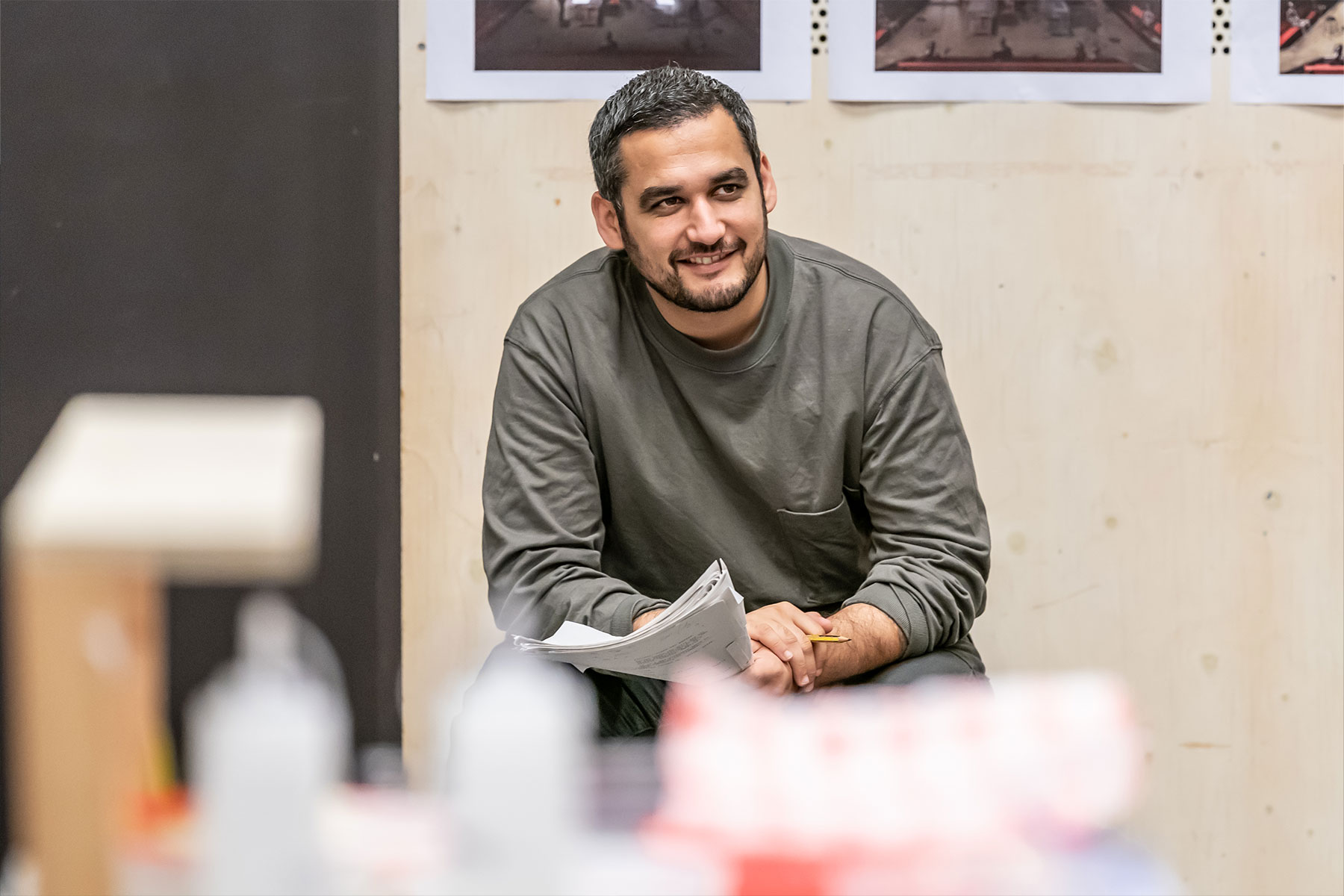Fringe First judge Mark Fisher on… choosing the right show for Edinburgh
With so many shows at the Fringe (this year boasts a record 2,695), and famously unpredictable audience, it’s difficult for companies to know whether their show will be a festival hit, or sink without a trace like so many others.
Competition: head over to our Facebook page, www.facebook.com/whatsonstage, and answer a Fringe trivia question for the chance to win a copy of The Edinburgh Fringe Survival Guide!
In the following extract, Fisher gets to the heart of what makes a good fringe show, with lots of advice for wannabe festival stars…
Chapter Five: The Show
Making a Spectacle of Yourself
What kind of shows do well on the Fringe? The simple answer is good ones. It sounds flippant but, on one level, there is no mystery. Audiences like being entertained: it is your job to entertain them. The same applies whether your show is mainstream or highbrow, tragic or comic, musical or silent — you should aspire to be the best you can be. This is true whenever you perform, but in Edinburgh, it has special relevance. As we established in the last chapter, if you believe you have a good show, you will find everything else you do on the Fringe so much easier.
That was the experience of Canadian actor Anthony Black as he struggled to find audiences after missing the Fringe Programme deadline (see Chapter 3). ‘Right now I’m enjoying playing the show and people are telling me they enjoy it,’ he says in the middle of the run of Invisible Atom, winner of a Herald Angel award. ‘That makes it all do-able. If we were flopping, it would be very hard to keep my morale up.’
It is one reason director John Clancy and actor Nancy Walsh have made the journey from New York to Edinburgh most years but not every single year since scoring a Fringe First-winning hit with David Calvito’s Americana Absurdum in 2000. They love the Fringe and have come back repeatedly — one year with four productions — but they have never returned just for the sake of returning. ‘You should only go when you have a show you feel is worthy,’ says Clancy:
…
Catching the zeitgeist
How, then, can you improve your luck? One way is to have a sense of the kind of shows that do well in Edinburgh and what kind of people go to see them. A trip to the Fringe the year before you perform will help you understand these distinctions. ‘You need to know your audience,’ says director Toby Gough:
In Chapter 12, Suzanne Andrade explains how her company 1927 created its multi-award winning Between the Devil and the Deep Blue Sea after undertaking a serious study of the Fringe the previous year. Playwright Ella Hickson took a similar approach when she came to write Eight, a state-of-the-nation series of monologues that went on to win a Fringe First, the Carol Tambor Award and an NSDF Emerging Artists Award. ‘The Fringe is wonderful,’ says Hickson, who has missed only three festivals since she was twelve:
She points to the 2010 Fringe when there was a glut of shows about sex trafficking at the same time as the press had been focusing on female sexuality and the rise of raunch culture. While she was writing Eight, she had observed the popularity of audience participation programmes such as Big Brother and X Factor and felt theatre could capitalise on it. On the way into the Bedlam Theatre, the audience was given a list of eight monologues and asked to vote for the four they would like to see. The poll determined the show. She says:
…
Artistically ambitious
The average Fringe experience involves a sixty-minute time slot, an incredibly quick get-in and a show in a space never intended for performance. It is reasonable, therefore, to question whether it is worth staging anything with high production standards. For all the excitement of performances going on all around you, there are undoubted disadvantages. ‘Very few venues can accommodate a show that needs absolute silence,’ says Marlene Zwickler as an example.
The Fringe, however, is a broad church, big enough to embrace everything from no-budget student revues to sophisticated pieces of professional theatre. You are likely to have to work harder the more technically demanding your show is, but you should hold out for the best conditions. For a select few companies, that could mean performing at the Traverse, a year-round two-studio theatre with a commitment to presenting polished full-length productions. Dance companies are similarly well served at Dance Base, another year-round venue. Several Fringe venues, such as Zoo and the New Town Theatre, make efforts to match those standards and some companies take control by finding and running the venue themselves.
Barry Church-Woods, the Fringe’s venues and companies manager, believes you should not compromise your artistic standards. ‘Everyone is here, so the best technicians are here,’ he says. It is a sentiment shared by Sam Gough, venue manager at the Edinburgh International Conference Centre: ‘If you’ve got two pieces of work, make sure you bring the best one; don’t just bring the easiest one.’
…
Doing the kind of show that goes down well on a Royal Mile stage might get you audiences — and if that’s what you want, then great — but it won’t necessarily make you artistically happy or get you the critical attention you feel you deserve. As we saw in Chapter 4, if you believe in your show, everything else becomes easier, so if you choose a show with a cynical eye to the market, you could live to regret it. In any case, audiences are unpredictable and if you try to second-guess what they want, there is no guarantee you will get it right. Better to do what you want to do than what you think you ought to do.
If you want to make your mark professionally and critically, however, you should bear in mind the high value placed on originality. When the late Allen Wright, arts editor of the Scotsman, set up the Fringe Firsts in 1973, it was to encourage new writing. So successful have the awards become, however, there are now almost too many new plays for the newspaper’s reviewing team to see, especially when there are so many other demands on their time. The ethos of discovering the new has spread throughout the media, not least because new ideas make more interesting journalism. Every year you will read feature articles inspired by the themes preoccupying Fringe playwrights, and those themes will go on to set the agenda for the review schedules.
That means it is very hard to stand out from the crowd with a production of an established play unless it has a star-name actor, an intriguing track record from abroad or an interpretation of shocking originality. You are more likely to attract attention with an original idea. Not all audiences, however, are as hung up about the new as journalists, so if media attention is not your priority, you can put on anything from the Ancient Greeks to the modern classics with impunity.
All this should give you the idea that the type of show you bring matters less than your belief in it. As long as it is ready and it is the best you can do, your show can take pretty much any form. Yes, it helps if it captures the moment, yes, it helps if you understand the audience, but equally important is that you remain true to your artistic aspirations. The less you compromise, the happier you’ll be.
In the next chapter, we’ll look at venues; you should try to find one that suits your show, rather than shaping the show to fit the venue. This means holding out for the right conditions. If you cut corners, you could risk losing what was good about your show in the first place.
One last word about shows: do go and see as much as you can of other people’s work. You’ll never have a chance to see such a quantity, quality and diversity in such a short period again. At least, not until you come back next year…
Taken from The Edinburgh Fringe Survival Guide: How to Make your Show a Success by Mark Fisher, published by Methuen Drama and priced £9.99. Available with a discount from www.methuendrama.com
Mark Fisher will be hosting his own show, called The Edinburgh Fringe Survival Guide Live, throughout the festival, featuring a host of fringe celebrities sharing more festival secrets. He also tweets from @MarkFFisher.










